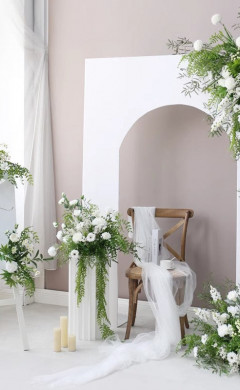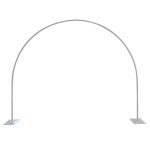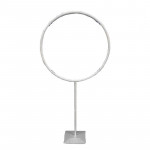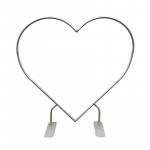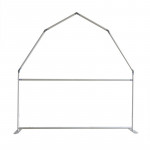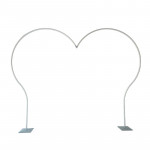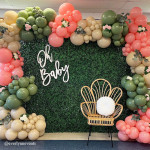How To Make a Wedding Boutonniere for Your Groom and His Groomsmen
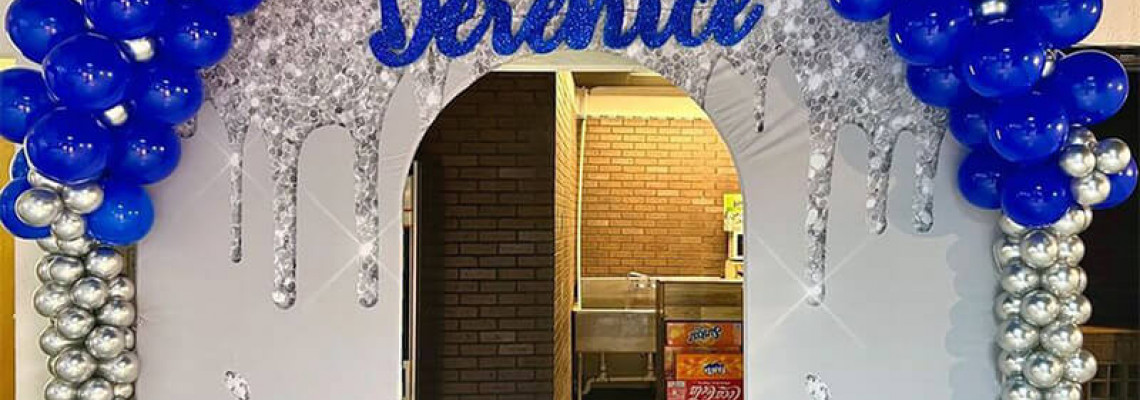
How To Make a Wedding Boutonniere for Your Groom and His Groomsmen
Brides, take note! Are you currently planning your wedding? You’ve planned almost everything you can think of at this stage. You should have every little detail planned, including the dress, the location, the bouquet, and the honeymoon. However, you may have overlooked something significant: your groom!
Forgetting about your groom would be highly problematic. However, you may have overlooked a little element that can add a charming and nostalgic touch to your groom’s wedding day: his boutonniere. Compared to your bridal bouquet and the elaborate floral arrangements you will have at your reception, wedding corsages, and boutonnieres may not seem like much. However, they can provide a wonderful finishing touch to your groom’s and groom’s wedding outfits. Additionally, it can make them feel valued and part of your important day! Therefore, be sure to include boutonnieres in your wedding floral arrangements. Another crucial factor is whether you want boutonnieres for your father and father-in-law.
How to Make a Wedding Boutonniere
First, it is crucial to learn the fundamentals of making a wedding boutonniere. These techniques are also excellent for making wedding corsages and boutonnieres. When purchasing any flower items, be sure to keep these measures in mind.
1. Gather Supplies
Gathering the materials needed to build your boutonnieres should be your priority. Flowers, foliage, floral fillers, floral tape, scissors, and perhaps some ribbon or other embellishments are required. Additionally, each boutonniere will require a minimum of one pill. Remember that most grooms won’t be overly excited if they have to wear a flowery, pink boutonniere when choosing your flowers and fillers. Therefore, look for fillers and flowers that complement your color palette while being slightly more manly.
2. Prep Flowers
After acquiring all your materials, it’s time to prepare your flowers. Trim any extra leaves off your flowers’ stems. To get your flowers, fillers, and greenery the correct length for a boutonniere, you’ll also need to trim their steps. When not in use, cut the stems at a diagonal, as this helps them absorb the most water possible.
3. Start with the Focal Flowers
You are now prepared to begin. To make a boutonniere:
- Start by gathering one or two flowers you want to be the main attraction.
- Avoid selecting overly large flowers, such as a full-fledged Gerber daisy.
- Instead, use somewhat smaller flowers that complement your color palette without being overly feminine.
4. Add Fillers and Greenery
Next, embellish your boutonniere with greenery and floral fillers. You may add masculine hues and textures to your boutonnieres using greenery and floral fillers. Anything from eucalyptus to baby’s breath, wheat, Arabia, and pixie cotton could fall under this category. So, make the most of the chance. Additionally, greenery and floral fillers give your boutonniere a complete appearance. Use floral tape to place your fillers and greenery around your center flowers firmly.
5. Remember Finishing Touches
Lastly, give your boutonniere a few final touches. This could resemble a small piece of ribbon or fabric wrapped around the stems or a small piece of ornamental wire added for extra glitz and texture. To ensure that your groom and groomsmen may wear your creations safely, don’t forget to attach your pins or magnets to each boutonniere.
Ways to Make Your Boutonniere Unique
Are you curious how to make your groom’s boutonniere unique now that you know how? Some of the most imaginative and distinctive boutonniere ideas in the business are listed on Weddingomania.com. As you create your boutonnieres, review their suggestions for some ideas. Here are some creative tips to help you personalize and add significance to your groom’s boutonniere.
Ask the Groom
Ask your groom for suggestions on how to add distinctive touches to your boutonnieres! He may have a favorite color, flower, or pattern. For instance, he might like to wear a particular flower in his boutonniere if he always adored giving you that flower when you were dating. He might also enjoy an arrangement with some wildflowers in a range of blue hues if he is a massive fan of blue.
Use Wood Flowers
A unique boutonniere can also be made with dried flowers and wood. Wood flowers are ideal, particularly if your groom and groomsmen have minor preferences for feminine-looking flowers. Wood flowers have a distinctive, rough look because they are created from dried natural materials like tapioca root. To give them a more genuine appearance, they can be colored to match any shade and style. Dried flowers go very well with wood flowers, giving your boutonnieres a more masculine richness.
Add Sentimental Touches
Adding items with special meaning for your groom will ensure that your boutonniere is unique. For instance, some grooms adorn their boutonniere with a unique tied rope. Some have small emotional items representing their interests or occupations, like a miniature wood oar, a fishing lure, or a bullet casing. Additionally, you may add items like wood sprigs, feathers, cork, peppers, and berries. Gears, keys, brooches, or miniature frames are some items that steampunk grooms can find appealing. The article above details several of these inventive concepts. Your groom will appreciate wearing the boutonniere you make by combining any of these choices with a few sprigs of greenery and wrapping them in twine.
